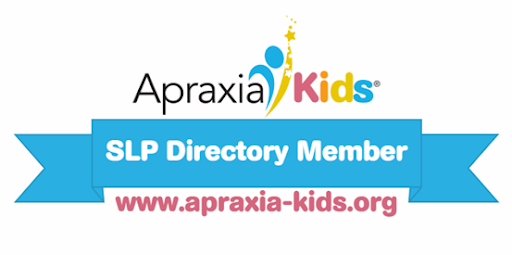Traditional vs. Electronic Toys
T It’s the holiday season! That means many parents are taking notes on what toys might make their child light up. There are plenty of electronic toys that excite kids with sounds, music, buttons and flashing lights. From a speech and language perspective, these toys may not be the top choice for increasing verbal output and facilitating language and play development. A study from the American Academy of Pediatrics (AAP) which compared traditional toys to electronic toys found that traditional toys result in better child-caregiver interactions and thus lead to increased communication-learning opportunities. Traditional toys provide opportunities for imagination. Children are able to create play schemes which they can change the next time they play. The buttons, sounds and switches




